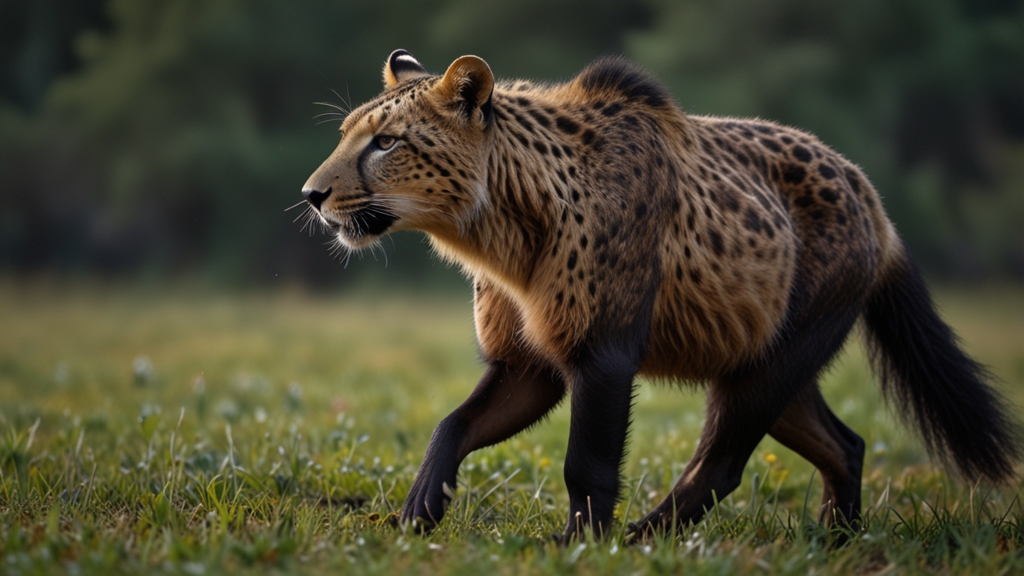Ancient Myths and Modern Science: The Creation Story Unraveled
Ancient civilizations have long been fascinated by the origins of the universe, crafting intricate myths and stories to explain the cosmos' birth. From the intricate cosmologies of Hinduism to the mythological tapestry of Norse legends, humankind's quest to understand creation has been a universal endeavor. Yet, as our scientific knowledge has expanded, these ancient myths have often come under scrutiny. How do these tales hold up under the modern scientific lens? Let's delve into the fascinating dialogue between ancient creation myths and contemporary scientific theories.
The Genesis of Myth
The human need to explain the unknown is deeply ingrained, a fact exemplified by the copious creation myths that populate ancient literature. For instance, in Greek mythology, the universe begins with Chaos, a formless void from which all things spring forth. Similarly, Norse mythology describes the origin from Ginnungagap, a vast, primordial void lying between the icy land of Niflheim and the fiery realm of Muspelheim.
"In the beginning, there was Chaos, vast and dark. Then, from the void, Gaia, the Earth, emerged, bringing stability and form to the tumultuous expanse." - Hesiod's "Theogony"
These stories often encapsulate profound truths about human existence and the natural world, offering a poetic narrative that speaks to the psyche's deepest corners. However, they also serve a practical purpose, providing an ordered cosmology that could underpin early societies' religious and ethical frameworks.
Scientific Narratives of Creation
Modern science, with its reliance on empirical data and rigorous methodologies, presents a markedly different narrative of creation. The Big Bang Theory, which posits that the universe began approximately 13.8 billion years ago from an immensely hot and dense singularity, is the most widely accepted model in cosmology today. According to this theory, the universe has been expanding ever since, cooling and evolving to form the galaxies, stars, and planets we observe now.
This theory has been substantiated by several lines of evidence, including the cosmic microwave background radiation, the abundance of light elements, and the redshift of distant galaxies. However, the Big Bang Theory, with its complex equations and abstract concepts, lacks the intuitive appeal and narrative richness found in ancient myths.
The Intersection of Myth and Science
Despite their apparent differences, ancient myths and modern science are not necessarily at odds. In many ways, they complement each other, each offering a unique lens through which to view our existence. Myths, with their rich symbolism and allegorical content, can provide context and meaning to the cold, hard facts of science. Conversely, scientific theories can endow myths with new layers of understanding, showing how these ancient stories might be interpreted in light of contemporary knowledge.
"Science without religion is lame, religion without science is blind." - Albert Einstein
Take, for example, the Hindu concept of the universe undergoing endless cycles of creation and destruction, resonant with the modern scientific idea of an oscillating universe. Similarly, the notion of a primordial void is echoed both in the ancient myths of Chaos and the scientific concept of a quantum vacuum from which the universe could have emerged.
Concluding Thoughts
The dialogue between ancient creation myths and modern scientific theories is not a zero-sum game. Rather, it is a vibrant conversation, each enriching the other in unexpected ways. Ancient myths provide a narrative comfort that satisfies our existential curiosity, while modern science offers a framework grounded in empirical reality. Together, they create a more nuanced and profound understanding of our origins and our place in the universe.
As we continue to explore the cosmos, both through the ever-expanding eyes of science and the timeless wisdom of ancient myths, we may find that the story of creation is far more intricate and wondrous than we ever imagined.






